So, what is a chatbot like ChatGPT?
Without a doubt, ChatGPT has had a substantial impact on producing excellent results for coding, story-telling, article-writing, and other tasks. However, it has some restrictions, just like any other tool. For instance, ChatGPT cannot deliver up-to-date information by default because it lacks the Internet. It cannot accept speech orders, provide voice responses, or produce visuals or artificial intelligence art.
However, there are chatbots similar to ChatGPT we'll be delving into. So, unlock the potential of voice-enabled applications, virtual assistants, and interactive voice response systems for unparalleled customer satisfaction.
Part 1: Chatbot Like ChatGPT for Business
Part 2: Chatbot Like ChatGPT for General Use
Part 3: Chatbot for coding
Part 4: Summary and FAQs
Part 1: Chatbot Like ChatGPT for Business
Experience the future of business with chatbot-like ChatGPT. These advanced AI-powered assistants offer unparalleled support, automating customer interactions, streamlining operations, and boosting efficiency. Seamlessly engaging with clients, ChatGPT enhances customer satisfaction, drives sales, and provides personalized recommendations. Embrace the transformative impact of chatbots like ChatGPT to unlock boundless possibilities for your business.
1. Shulex AI Chatbot
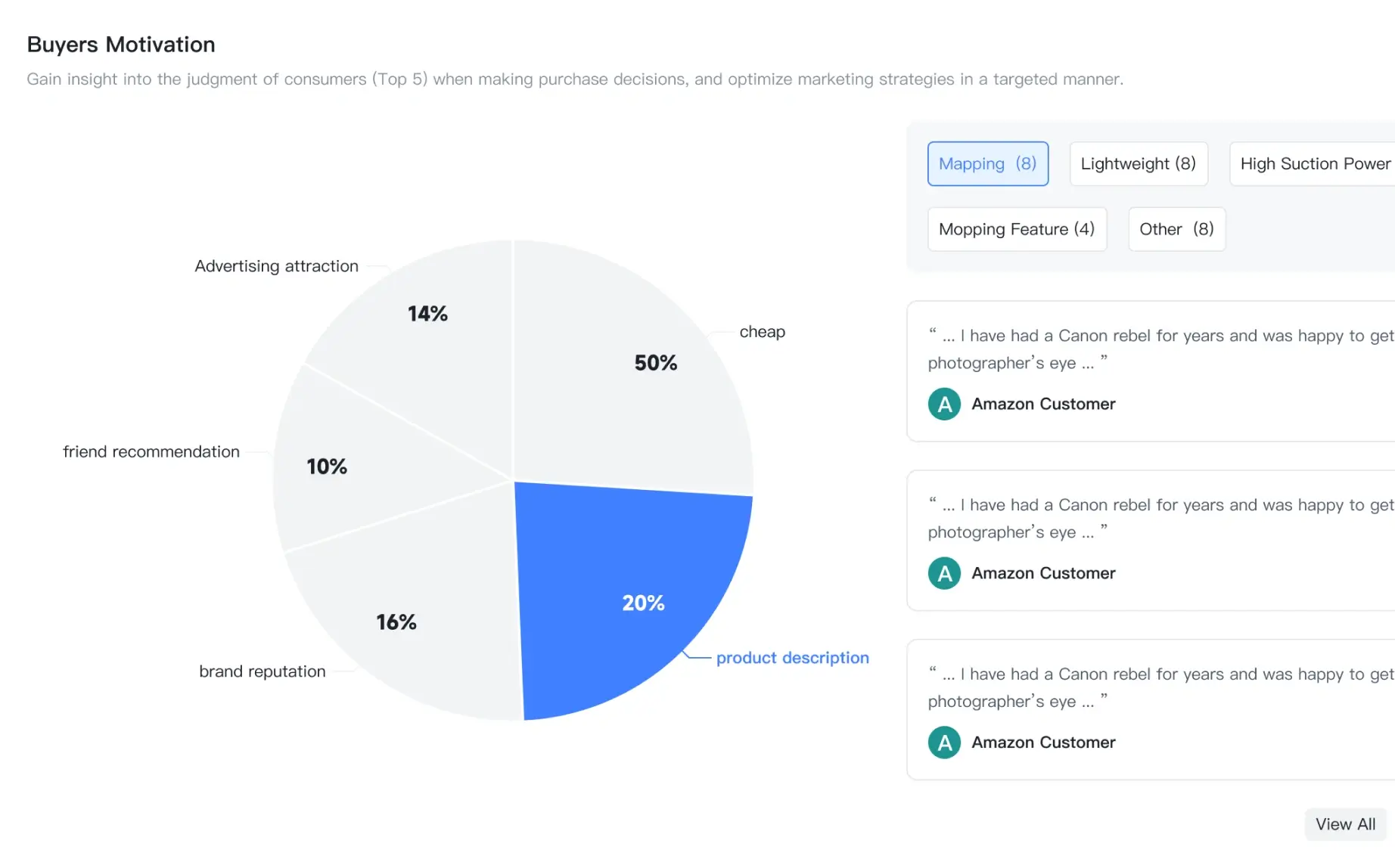
Shulex VOC is a revolutionary chatbot similar to ChatGPT, empowering businesses with seamless communication and enhanced connectivity. With Shulex, users can effortlessly engage and interact at their convenience, optimizing product visibility and market share in a competitive landscape. Providing round-the-clock access to secure company knowledge and delivering top-notch customer assistance, Shulex elevates customer satisfaction and loyalty. With an impressive 98% accuracy and rapid response time, ShulexChatbotGPT ensures prompt and precise client interactions. Continuous optimization fueled by user input and behavioral data makes it an invaluable asset for impeccable customer service. By following simple steps, businesses can leverage Shulex Chatbot to explore its potential in research, optimization, and competitor analysis, elevating their Amazon listings for unprecedented success.
Businesses can harness the power of Shulex Chatbot, the AI Bot breakthrough of the year, with these simple steps:
Step 1: Visit the Shulex VOC website and install the ChatGPT Tool tailored for your business. For instance, let's consider the example of Amazon.
Step 2: Explore Amazon using the ChatGPT Tool to conduct in-depth research on consumers and products.
Step 3: Optimize your Amazon listing with Shulex and utilize the ChatGPT Tool specifically designed for Amazon. Gain valuable insights into your competitors and their listings to enhance your competitive edge. Embrace Shulex Chatbot to unlock its full potential and drive remarkable success in your business endeavors.
2. Otter
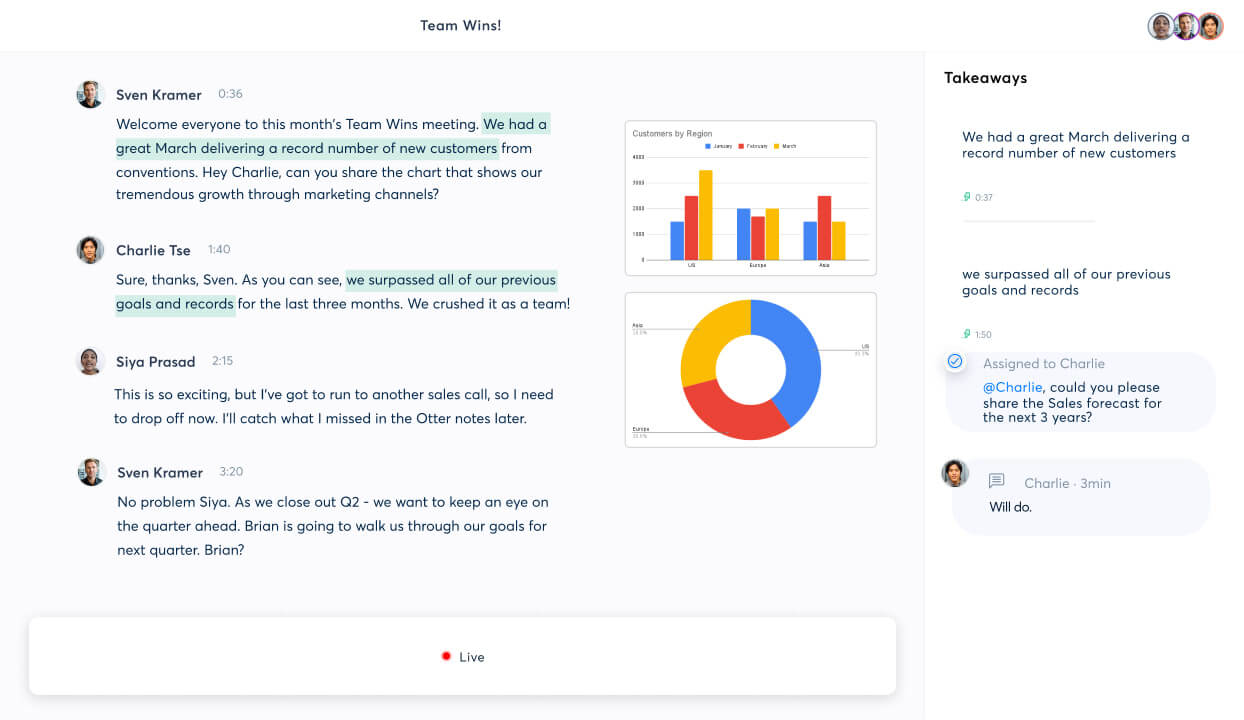
Otter.ai is your ultimate solution to streamline your productivity and eliminate the burden of manual note-taking. With Otter's innovative transcription capabilities, you can effortlessly convert voice conversations into searchable and shareable notes. Say goodbye to tedious typing during meetings and interviews, as Otter.ai captures every detail for you. Whether you're driving, attending events, or recording podcasts, Otter.ai keeps your thoughts and ideas organized in real-time. Even better, snap photos during a recording to integrate visuals into your transcripts seamlessly. Embrace Otter.ai for endless possibilities and experience a new level of efficiency in your daily tasks.
Part 2: Chatbot Like ChatGPT for General Use
Chatbots have emerged as versatile and indispensable tools, revolutionizing how we interact with technology and businesses. ChatGPT stands out as a pioneering example among these groundbreaking chatbots, setting new standards for natural language processing and human-computer interactions. However, it's not the only one of its kind! A whole world of chatbots like ChatGPT offers incredible capabilities and applications for general use.
1. Google Bard
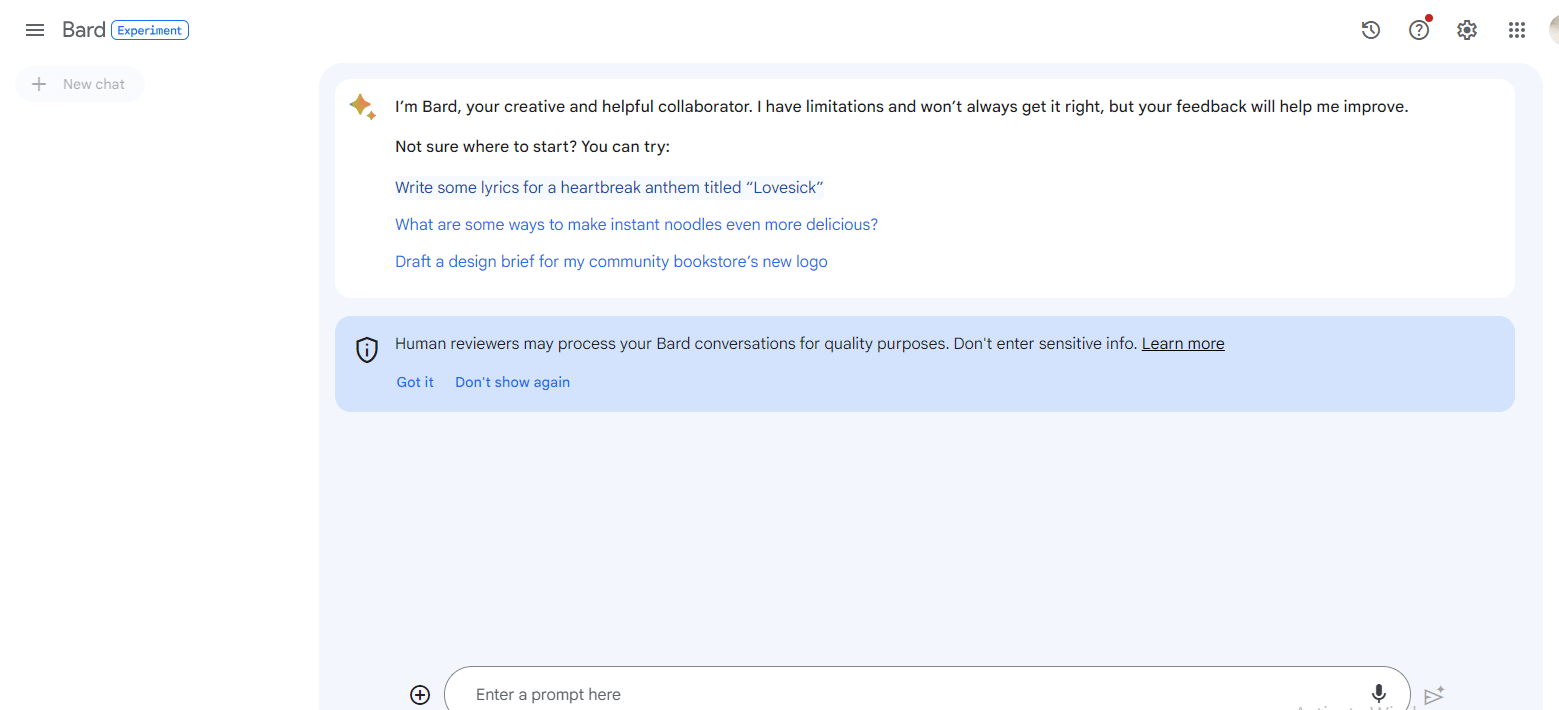
Chatbot technology has reached new heights with Google Bard, an advanced AI language model designed for general use. The excitement surrounding this innovation has led many to seek information on joining the waitlist and gaining early access to its capabilities.
How to Join the Waitlist: Joining the Google Bard waitlist is straightforward. Visit Google's official website and navigate to the Bard page. There, you will find an option to sign up for early access. Enter your details, and you'll be added to the waitlist, eagerly anticipating the opportunities this AI-powered chatbot can offer.
What Else to Take Care Of: While waiting for access, there are some steps you can take to prepare for your interaction with Google Bard. Familiarize yourself with common chatbot use cases and potential applications in your industry or personal life. This will help you maximize the chatbot's capabilities once you gain access.
2. New Bing
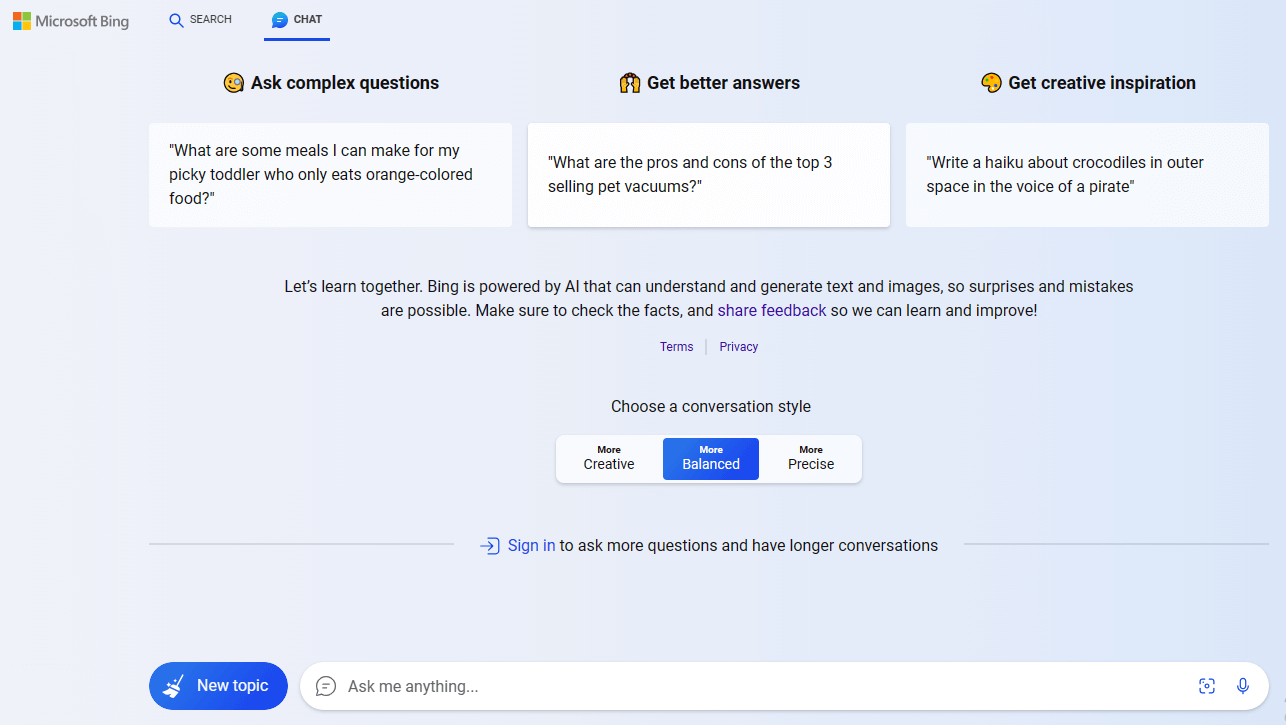
Microsoft's Bing AI has taken search to a whole new level, harnessing the power of Artificial Intelligence with the OpenAI large language model. This revolutionary search engine is designed for speed, accuracy, and efficiency, ensuring users get the best results possible. Bing AI features advanced capabilities like 'Chat' and 'Compose' in their Edge browser, making interactions more seamless. With the ability to process complex queries, New Bing delivers AI-powered responses to questions of up to 1,000 words, providing users with faster, more comprehensive information.
How to Join the Waitlist: To join the waitlist for New Bing, head over to Microsoft's official website and explore the New Bing section. You'll find a sign-up form to express your interest in early access there. Submit your information, and you'll be in line to experience the power of this new chatbot.
How to Get Access to New Bing in Microsoft Products: Once you gain access to New Bing, you can enjoy its features across various Microsoft products. In Office applications, New Bing's chatbot functionality allows natural language interactions to access information, perform tasks, and assist with productivity. Similarly, you can access New Bing via chat in Skype to answer questions and provide relevant insights.
Part 3: Chatbot for Coding
Imagine having a coding assistant that understands your programming language, anticipates your needs, and seamlessly assists you in writing code. With revolutionary chatbots like ChatGPT for coding, developers now have a powerful ally. This advanced AI-powered chatbot streamlines the coding process, providing real-time suggestions, automating repetitive tasks, and offering valuable insights. Embrace the future of coding with enhanced productivity, improved accuracy, and unparalleled convenience.
1. Githubcopilot
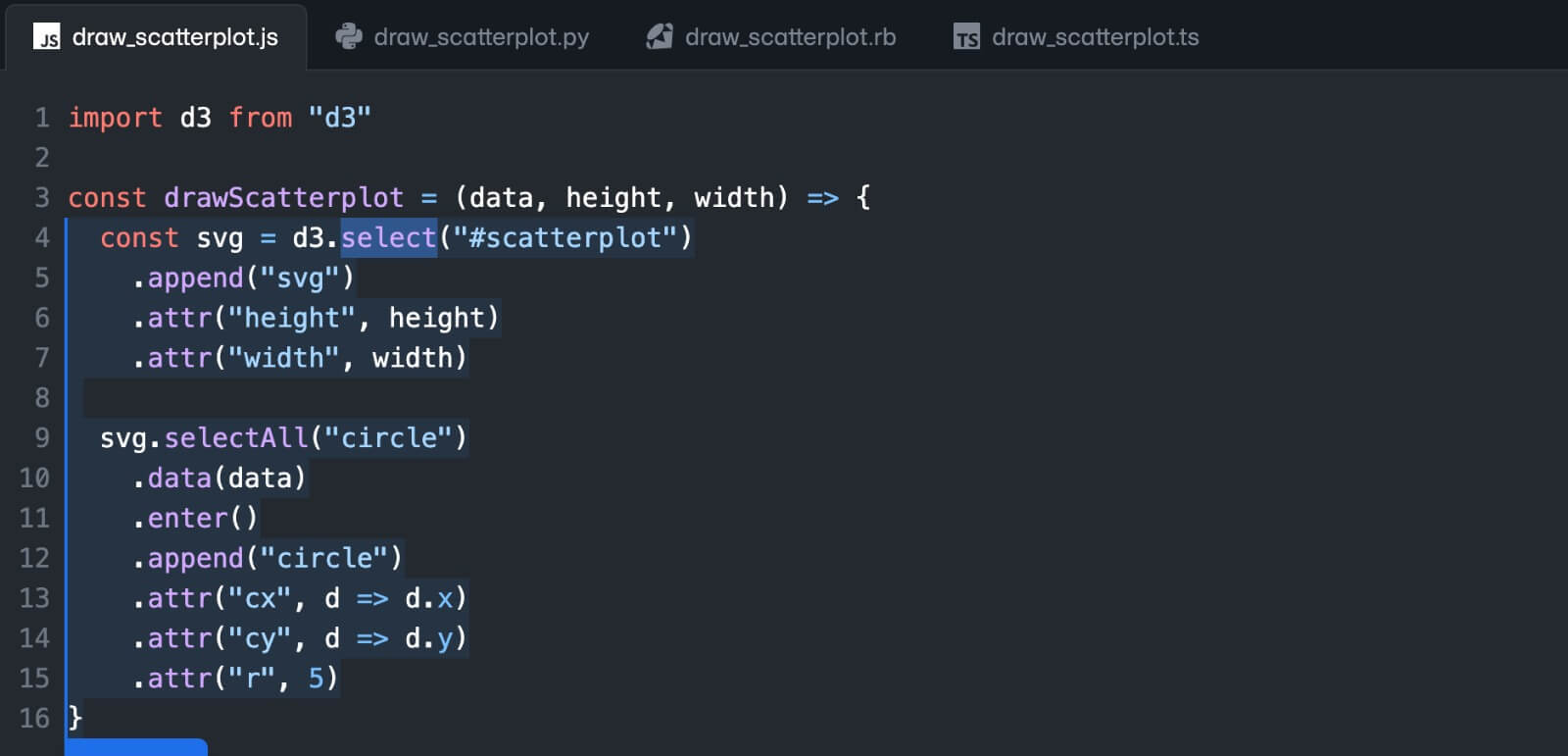
GitHub Copilot, the cutting-edge AI-powered code completion tool, is another chatbot similar to ChatGPT that significantly enhances developers' coding speed. It comes in two versions, GitHub Copilot for Individuals and GitHub Copilot for Business, catering to personal and organizational needs.
The Business version, GitHub Copilot for Business, offers advanced features, allowing organizations to manage access to this powerful tool efficiently. By granting access to GitHub Copilot, administrators can regulate and authorize individuals and teams within the organization, optimizing collaboration and productivity. With Copilot for Business, developers can harness the full potential of AI-driven code completion, unlocking a new level of efficiency in software development.
2. Amazon Codewhisperer
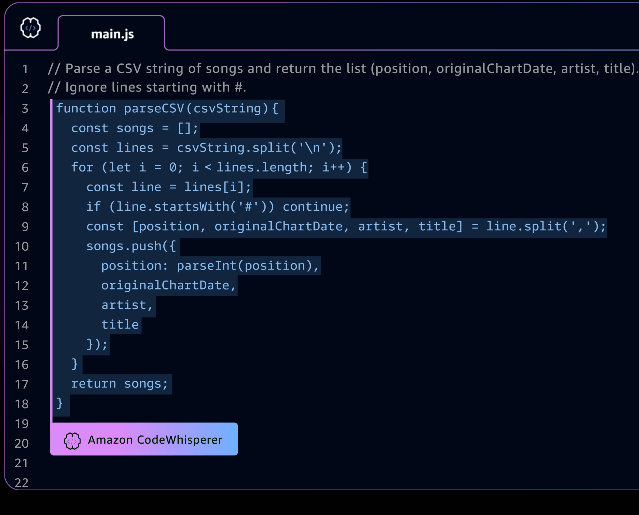
Amazon CodeWhisperer, a cutting-edge, machine learning-powered code generator, offers real-time dynamic code recommendations to enhance your coding experience. As you write code, CodeWhisperer intelligently analyzes your existing code and comments, generating personalized suggestions. These suggestions cater to various needs, from concise single-line statements to comprehensive, fully formed functions.
Beyond its code generation capabilities, CodeWhisperer excels in code security. It diligently scans your codebase, effectively pinpointing and defining potential security issues, ensuring the safety and integrity of your code. Embrace the power of CodeWhisperer, and elevate your coding endeavors with its intelligent and secure support.
Part 4: Summary and FAQs
Chatbots similar to ChatGPT, like Shulex VOC,Otter.ai, Google Bard, and New Bing, represent a significant leap in AI-powered language models. These chatbots are poised to revolutionize general use scenarios, making everyday tasks and interactions more seamless and efficient. With Shulex VOC, businesses can seamlessly integrate natural language processing and voice recognition capabilities to create exceptional user experiences. Shulex VOC's impressive accuracy and adaptive learning ensure seamless interactions and improved responses.
Stay ahead in innovation and embrace Shulex chatbots like ChatGPT for a new era of customer engagement and success.
You May Also Like:
How Can AI Bot Breakthrough of the Year Boost Your Business?
Automated Amazon Store: The Great Scam of Our Time
FAQs
Q1: Are ChatGPT and chatbots the same thing?
A: Chatbots and ChatGPT serve as valuable tools for various daily tasks. While chatbots are highly effective for straightforward jobs such as collecting data and routine communication, such as gathering emails and sending notifications during a product launch, ChatGPT shines when generating personalized content.
Q2: Can you say Google Bard is better than ChatGPT?
A: Though ChatGPT remains a top contender, Google's Bard chatbot is also making significant progress in its own right. Recently, Google introduced a range of enhancements to Bard, including support for additional languages, a multimodal interface, and various other improvements. These advancements have solidified Bard's position as a formidable competitor in the chatbot arena.
Q3: What model is ChatGPT based on?
A: ChatGPT uses OpenAI's proprietary series of foundational GPT models, specifically GPT-3.5 and GPT-4. These large language models (LLMs) have undergone fine-tuning for conversational applications, employing a blend of supervised and reinforcement learning techniques.






